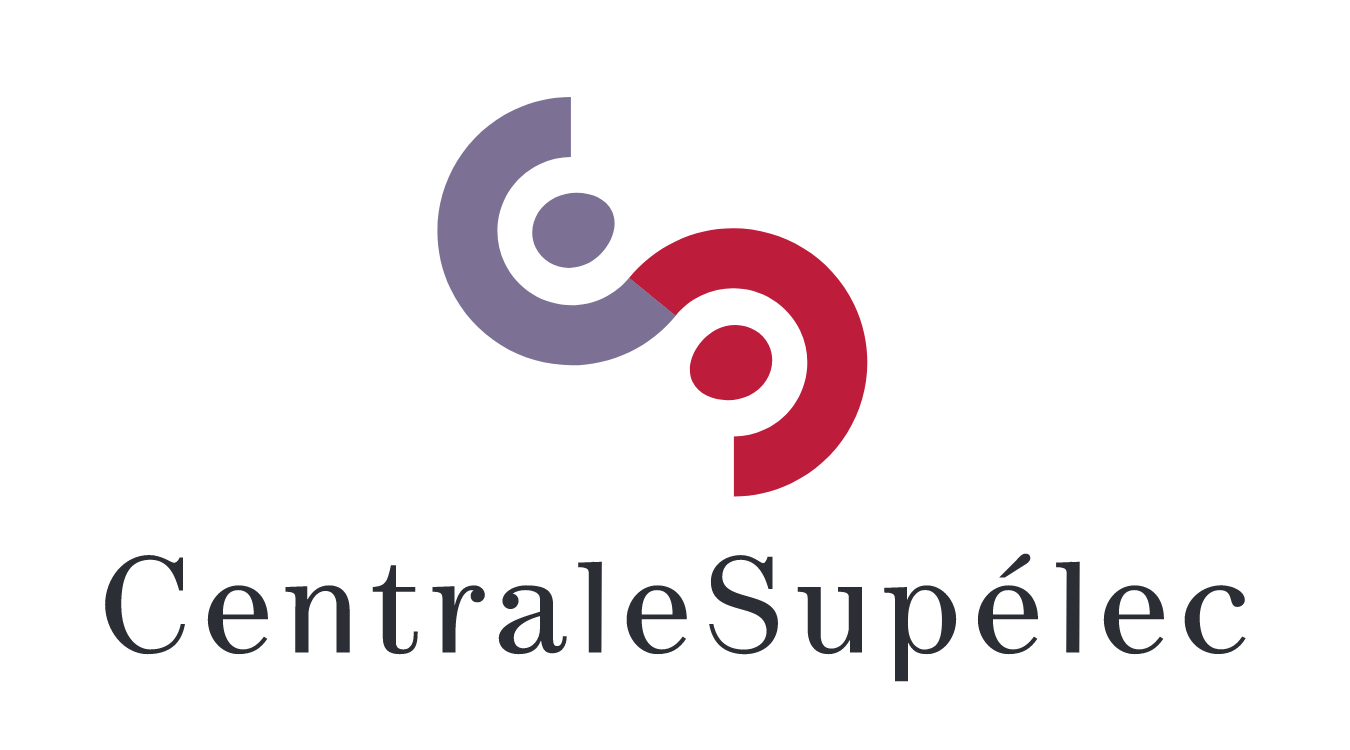Stability Analysis of Grid-Forming MMC-HVDC Transmission Connected to Legacy Power Systems
Résumé
The power system is going through a change in its very foundations. More and more power converters are being integrated into the electric grid to interface renewable energy resources and in high-voltage direct-current (HVDC) transmission systems. This article presents a discussion on the stability of power systems when HVDC transmission systems based on modular multilevel converters (MMC) are connected in grid-forming (GFM) mode to the legacy power system using concepts of energy functions and Lyapunov stability theory and considering aspects of the interoperability between GFM converter technologies. As a base for the stability analysis, we review the main GFM converter technologies (droop and virtual synchronous machine), highlighting their differences. Then, we present a model using the center-of-inertia formulation for a multi-machine/multi-GFM converter power system representing a close future scenario of power systems where GFM converters might adopt different technologies. To illustrate the theoretical Lyapunov-based stability analysis, simulations performed in Matlab/Simulink showed the behavior of a 12-bus test system during a frequency disturbance that originated from the sudden connection of a load. To reflect the interoperability of different GFM technologies and the power system, scenarios with one single GFM technology and a scenario with mixed technologies were investigated. For the test system considered, the frequency response with fewer oscillations and a higher frequency nadir was obtained when all GFM converters were operated as VSMs that have a higher inertial response contribution.
Origine : Fichiers éditeurs autorisés sur une archive ouverte
